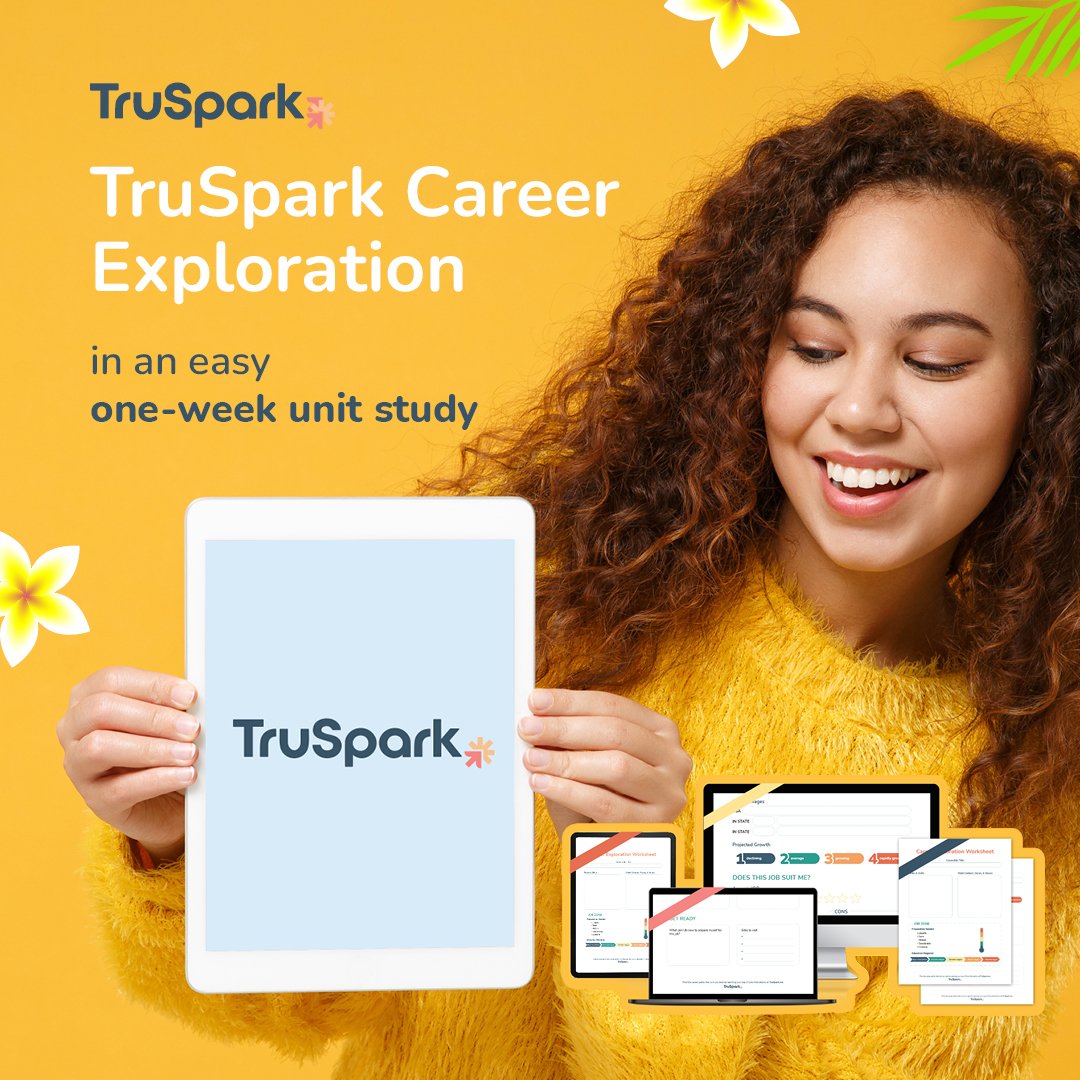Reimagining computer science in the curriculum |
As digital transformation accelerates due to the pandemic, it’s more important than ever to ensure that students across the globe get access to engaging, relevant, and high-quality computer science learning experiences at school.
In many countries, students perceive computer science as difficult and not relevant to their lives or career aspirations. This is particularly acute among young women and girls, with women representing only 19 percent of computer science graduates from bachelor’s programs in the US, according to the National Science Foundation.1 This picture is similar around the world.
At the same time, job opportunities in computer science are growing, with the World Economic Forum estimating that 97 million new jobs will arise by 2025 in areas such as data science, artificial intelligence (AI), machine learning, and the Internet of Things (IoT).2
Education systems are looking at ways to enhance computer science education throughout student learning pathways, from primary to upper-secondary. We hear from education leaders across the globe that they are keen to include cutting-edge topics like AI and data science in curriculum, but that constant change and innovation in technology makes it challenging to keep current.
In response, Microsoft is aiming to help bridge the gap by launching our new Microsoft Computer Science Curriculum Toolkit. The toolkit is a set of materials that can help education leaders rethink curriculum, by explaining the rationale for change and setting out key learning objectives and guiding materials for kindergarten through grade 12.
The curriculum objectives are based on a set of “big ideas” that students are encouraged to explore using problem-solving skills and that are aligned to the global challenges of the UN Sustainable Development Goals. We have taken this approach because research has shown that students are more motivated about computer science when we demonstrate how it can be harnessed to solve big-picture societal issues.3
In the toolkit, leaders can take advantage of:
- The “Reimagining computer science in the curriculum” white paper that outlines the key opportunities and challenges in computer science curriculum while also pointing to global approaches and best practices.
- Curriculum review and development resources including structure, rationale, curriculum objectives, and mapping for each grade level. These can be localized and adapted as needed.
For each step in the curriculum, we propose relevant materials, as well as pointers to leverage Microsoft’s computer science teaching and learning resources, such as Microsoft MakeCode, Minecraft: Education Edition computer science subject kit, and Microsoft Learn for Students.
We are excited to launch this set of resources and continue to contribute to improving computer science education for students across the world. These resources connect to the Teaching and Learning pillar within the Microsoft K-12 Education Transformation Framework, which supports education leaders in navigating holistic transformation strategy within their institutions.
Explore the computer science white paper, as well as the accompanying curriculum and structure.
3. Why Europes’ girls aren’t studying STEM | Microsoft Research







